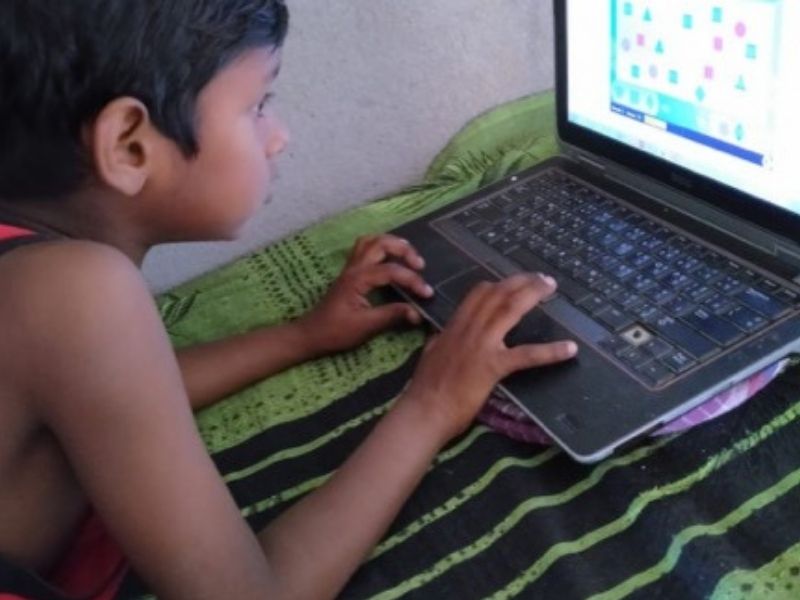A staggering 40% of the global population does not have access to education in a language they speak or understand, according to a report by UNESCO’s Global Education Monitoring (GEM) team. In some low- and middle-income countries, this figure rises to 90%, leaving over 250 million learners struggling with language barriers in education.
Despite growing recognition of the importance of home language education, policy implementation remains slow and inadequate. According to the GEM team, challenges such as limited teacher training, a shortage of learning materials in native languages, and community resistance prevent multilingual education policies from being widely adopted.
The report, “Languages Matter: Global Guidance on Multilingual Education,” was released to mark the 25th anniversary of International Mother Language Day. It highlights the increasing impact of migration and linguistic diversity, making multilingual classrooms a global reality. Over 31 million displaced youth currently face language-related barriers, further widening learning gaps and educational inequalities.
Language Barriers and Learning Loss
The findings of the GEM team emphasize that students who do not speak the language of instruction at home are at a significantly higher risk of learning loss. The issue has worsened in recent years due to technological advancements and the impact of COVID-19 on education.
According to the report, between 2010 and 2022, the gap in learning outcomes between students fluent in the language of instruction and those who are not has widened:
- Reading proficiency gap increased from 12 to 18 percentage points.
- Mathematics proficiency gap grew from 10 to 15 percentage points.
This indicates that students who lack access to education in their mother tongue face a disproportionate disadvantage, affecting their overall academic performance and long-term educational prospects.
Colonial Legacies & Modern Linguistic Challenges
The report categorizes the linguistic challenges in education into two key areas—historical and contemporary:
- Colonial legacies: Many countries continue to use former colonial languages as the primary medium of instruction, excluding indigenous and local populations from meaningful learning opportunities.
- Resource limitations: Countries with high linguistic diversity often struggle with insufficient resources for implementing multilingual education programs.
- Impact of migration: In wealthier nations, increasing immigration introduces new languages to classrooms, posing instructional challenges while enriching cultural diversity.
UNESCO’s Recommendations for Inclusive Multilingual Education
To create an inclusive and equitable education system, UNESCO’s GEM team has outlined a series of recommendations:
- Gradual language transition: Schools must implement curriculum adjustments that support progressive language learning, rather than immediate immersion into an unfamiliar language.
- Specialized teacher training: Teachers should be equipped to effectively instruct in both home and secondary languages.
Deployment of linguistically skilled teachers: Educators should be assigned to schools based on their fluency in the local language to improve learning outcomes. - Early childhood education in mother tongues: Young learners should be taught using culturally and linguistically responsive teaching methods.
- Strong support systems beyond schools: Multilingual education policies must extend to parental engagement, community initiatives, and accessible learning materials.
- School leadership development: School leaders should be trained to foster linguistic inclusion and collaborate with parents and local communities.
The Need for Urgent Action
The lack of access to education in native languages remains a significant barrier to achieving global education goals. Without urgent policy action and investment in multilingual education, millions of learners will continue to struggle, widening the education gap between privileged and marginalized communities.
The UNESCO report underscores that language is more than just a medium of communication—it is the foundation for effective learning, personal development, and social inclusion. Ensuring language-inclusive education systems is key to achieving equal opportunities in education worldwide.
